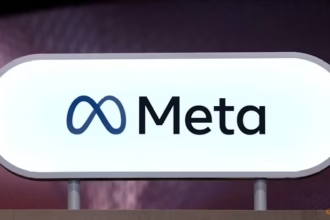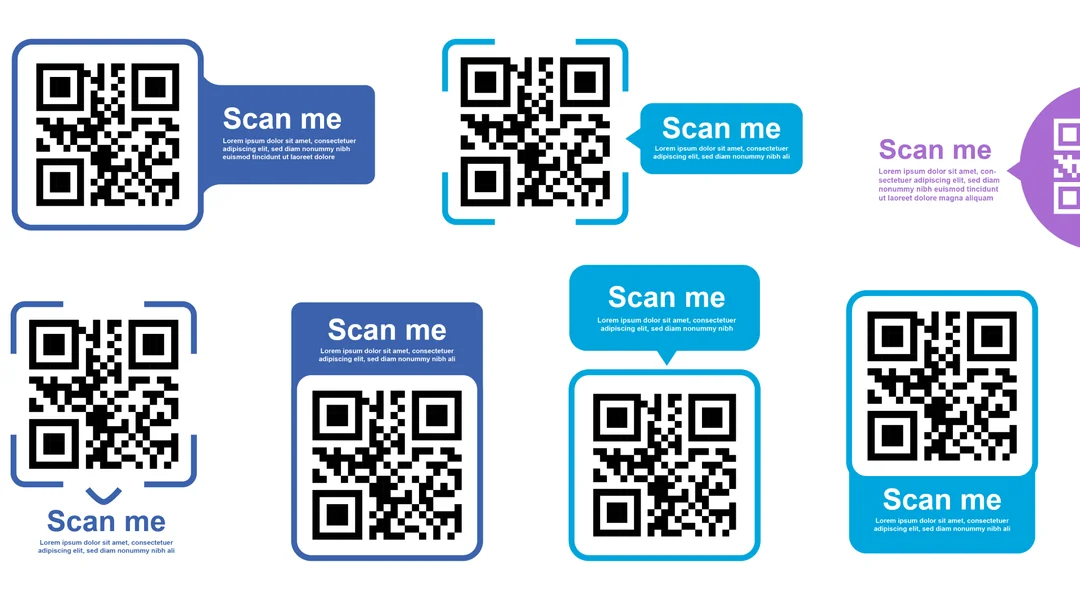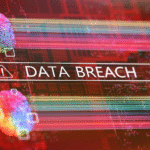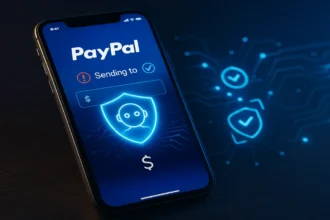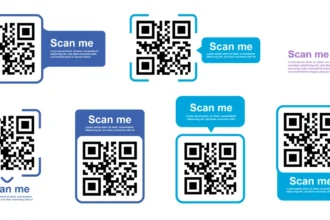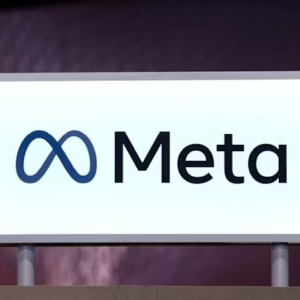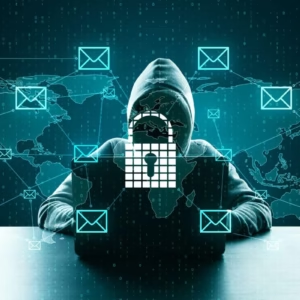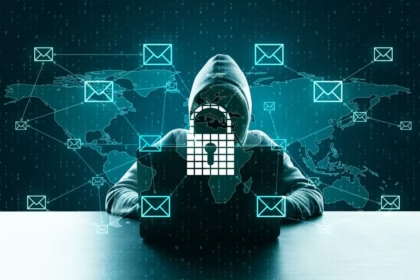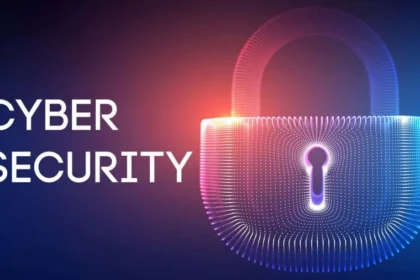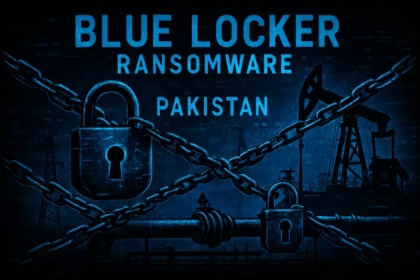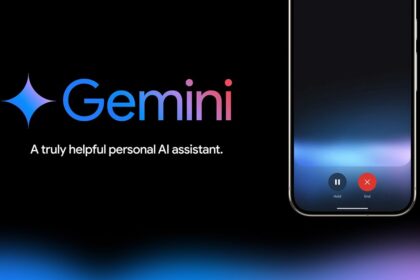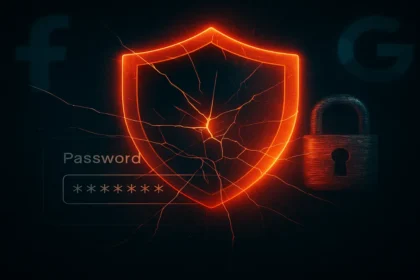QR codes are everywhere now—from restaurant tables to payment terminals and event tickets. But as their popularity explodes, so does the threat of “quishing”—a dangerous form of phishing that tricks users into handing over sensitive information just by scanning a code.
What Is Quishing?
Quishing uses QR codes to lure people into fake websites or prompt them to download malware. When you scan a rigged code, you might be sent to a convincing copy of a banking site or a login page, where entering your details sends them straight to criminals.
How Scammers Target People
- Counterfeit Codes in Public: Attackers stick their own malicious QR codes on top of real ones found on posters, menus, parking meters, or payment signs. Scanning leads victims to fraudulent sites crafted to steal data or payments.
- Phishing Through Messages: Scammers send emails or texts containing QR codes, pretending to be banks, delivery services, or IT support. They urge quick action—like “restore your account”—to spark panic and get users to click.
- Spreading Malware: Some malicious codes prompt downloads of harmful apps or files, putting phones, logins, and even bank accounts at risk.
- Targeted Attacks on Executives: Business leaders and executives receive far more quishing attempts than regular employees, since they control access to sensitive company information.
Why the Threat Is Rising
- QR codes make digital life easier, and people trust them—often scanning without a second thought.
- The more transactions and payments shift to QR codes, the bigger the target for scammers.
- Reports show quishing is growing much faster than other phishing methods; more phishing campaigns now use QR codes than ever before.
Why Quishing Is Hard to Spot
- Fake QR codes look just like real ones and are easily swapped or covered up in public.
- Most people don’t know they’ve fallen for a scam until after their data or money has been taken.
- Attackers use advanced tactics, like AI-generated phishing sites and dynamic QR codes, making these threats harder to recognize and block.
Real-World Examples
- Parking tickets with tampered QR codes that collect unauthorized payments.
- Fake codes on posters or vending machines that trigger malware downloads.
- Emails with QR codes posing as banks or HR departments, designed to steal passwords and credentials.
How to Protect Yourself
- Think Before Scanning: Don’t scan a QR code unless you trust the source.
- Check Website Addresses: If scanning leads you to a website, look closely at the URL for any suspicious differences.
- Look for Tampering: Codes that are stickers or laid over other codes may be fake.
- Be Wary of Requests for Personal Info: Never enter sensitive information unless you’re certain the site is legitimate.
- Keep Devices Updated: Make sure your phone and apps are secure and updated to help catch possible threats.
The Bottom Line
Quishing scams are surging as QR codes become a bigger part of our lives. Staying cautious and informed is the best way to avoid being tricked—always pause before you scan, and double-check before sharing any personal information online.
